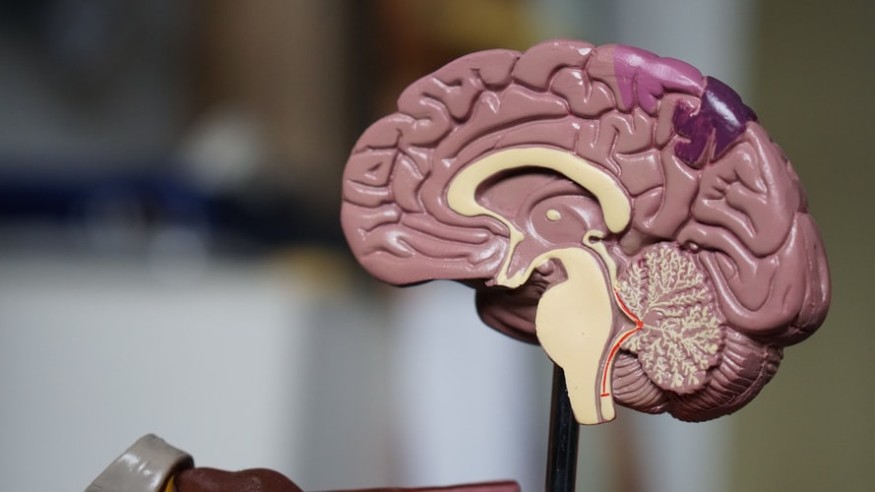American physician Samuel George Morton poured seeds and lead shot into human skulls in an attempt to measure their volumes in the 19th century. Ever since then, humans have become curious about the differences between their brains.
According to Gustave Le Bon, men's brains are usually larger than women's brains. Then Alexander Bains and George Romanes argued that larger brains make men smarter than women. However, this notion was questioned by John Stuart Mill when he pointed out that this criterion would also mean that elephants and whales should be smarter than humans.

The focus is then turned to different sizes of brain regions. Phrenologists argued that the frontal lobe of men is larger compared to women, which makes them smarter. But neuroanatomists said that the parietal lobe is more important in measuring intelligence and that men have a larger parietal lobe.
During the 20th and 21st centuries, scientists have looked for distinct female and male characteristics in smaller brain regions.
READ: Scientists Warn of Possible Surge of Coronavirus-Related Brain Damage
Anatomical Differences in Brain
Studies show that the hypothalamus is the largest and most consistent sex difference ever found in male rodents and humans. Hypothalamus is a small structure in the brain that controls reproductive physiology and behavior.
However, in the cerebrum, the largest region of the brain, scientists found a sex difference in the corpus callosum. In the 20th and 21st centuries, scientists found that this region is larger in women, and others also said that they only found certain parts that are bigger. Nonetheless, it received much attention and was suggested that it could be the cause of sex differences.
But regardless of sex, small brains have a proportionally larger corpus callosum, and studies conducted about it are often inconsistent. The same goes for the cerebral region, which makes explaining brain differences based on the brain's anatomy have not been fruitful.
READ NEXT: Scientists Discover the Area of the Brain Where Pain Could be 'Turned Off'
Overlapping Male and Female Traits
Scientists found considerable overlap between the male and female distributions, meaning one still cannot predict the person's sex based on traits.

Daphna Joel, a neuroscientist, and her colleagues examined the MRIs of over 1,400 brains by measuring the ten brain regions with the largest average sex difference. They found that only around 3 to 6 percent of them are consistently male and female, and the others are not.
Prenatal Hormone Levels
In a 1959 study, scientists demonstrated that female offspring would display male sexual behaviors when a pregnant rodent is injected with testosterone. They inferred that prenatal testosterone, usually secreted by the fetal testes, can permanently organize the brain.
Subsequent studies, later on, proved this claim, although it was oversimplified on humans. Since it is unethical to alter human prenatal hormone levels, researchers rely on "accidental experiments" in which prenatal hormones are unusual, like intersex people.
However, findings on brain sex differences have been inconsistent, leaving scientists with no definite conclusions for humans.
Learning can Change the Brain
Even when humans are small, they start to learn and continue to do so until their adult lives. Learning can alter neural connections in the brain that changes its structure.
For example, researchers said that a taxi driver's hippocampus is altered when they learn "the Knowledge". The hippocampus is the region of the brain responsible for navigation. Taxi drivers' posterior hippocampi are found to be larger compared to nondrivers by millimeters, or equivalent to more than 1,000 times the size of synapses.
That means human brain sex is not innate as they may be a result of learning. Ultimately, any differences in the brain would have to do with the combination of genes, hormones, and learning.
Read More: Brain Functions Several Minutes After Death, Heart Dies First











